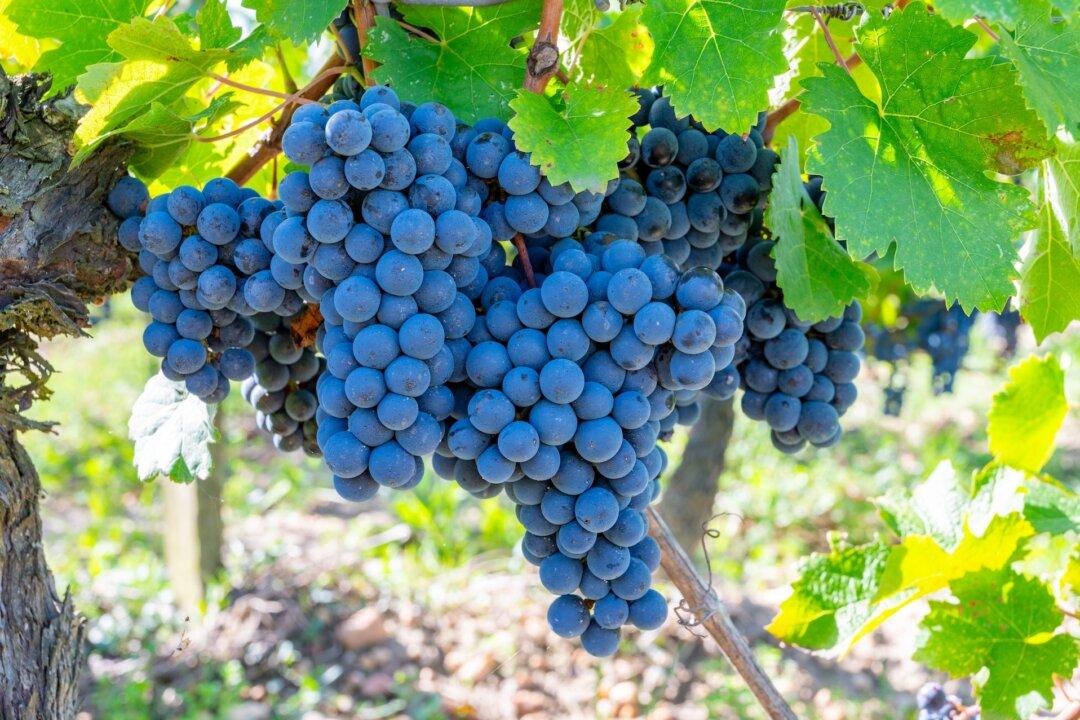The cynic in me has been saying for years that the more you pay for a cabernet sauvignon, the less it smells and tastes like cabernet.
This may be a gross generalization that’s hard if not impossible to prove, but a discussion I had years ago with four men who ought to know helped certify the concept.
All have long made wine and are judges at major wine competitions where, in the last 30 years or so, they have seen a decline in the cabernet-ness of California’s most popular red wine.
Three of the men currently make wine and didn’t want to be identified for this story. But all said that most cabernets today are a parody of the grape and the wine.
The fourth man was Dr. Richard Peterson, the former longtime winemaker at Beaulieu Vineyard and a consultant to many wineries.
Peterson said he was dismayed by many of today’s high-end cabernets, noting that few of the expensive wines have much relationship to the grape variety.
After trying a number of expensive cabernets, Peterson said he was struck by the fact that there was very little to like. He said most cabernets were “dark and heavy” and had overripe flavors, lots of oak, high alcohol, and low acidity. He said few of them worked with food.
We chatted about the fact that many red wines, not just cabernets, recently have become so intensely colored and flavored that they defy identification.
Even pinot noir is being made so dark that most taste more like shiraz, I noted.
Peterson said the prices for most of the wines were not only too high for average consumers but that there was better varietal character in many wines at lower prices.
“I think many lower-priced reds are deserving of the public’s support,” said Peterson. He added that many of the more alcoholic and pricey wines do not have much to recommend them.
One reason that lower-priced wines typically have lower alcohol levels is that profit margins on such wines are lower, so wineries make them more cost effectively. One way to save money on such wines is to keep alcohols down.







